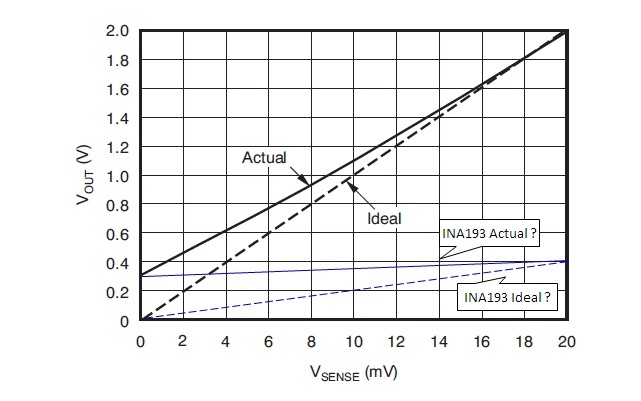I'm using INA193.
I hope to know about output voltage accuracy.
1. In the spec.sheet, There are many word "VS".
VS is meaning V+ in my understunding.
But there are word V+ and also Vsupply.
At 8.4.2.3, Low VSENCE Case 1:VSENCE<20mV,-16V<VCM<0;
and Low VSENCE Case 3: VSENCE<20mV , VS<VCM<80V
In this sentence Case 3, Is it meaning VSENCE<20mV , V+ < VCM < 80V ?
2. In my circuit,
V+ : 14V
VIN+ : 50.000V
VIN- : 49.980V ( VSENCE = 20mV )
The following is schematics.
/cfs-file/__key/communityserver-discussions-components-files/14/INA193.pptx
How can I understund about output voltage accuracy?
Which is this circuit condition Case 3 or Case 2 of Device Functional Modes?
May I have your advice?
Thank you.





